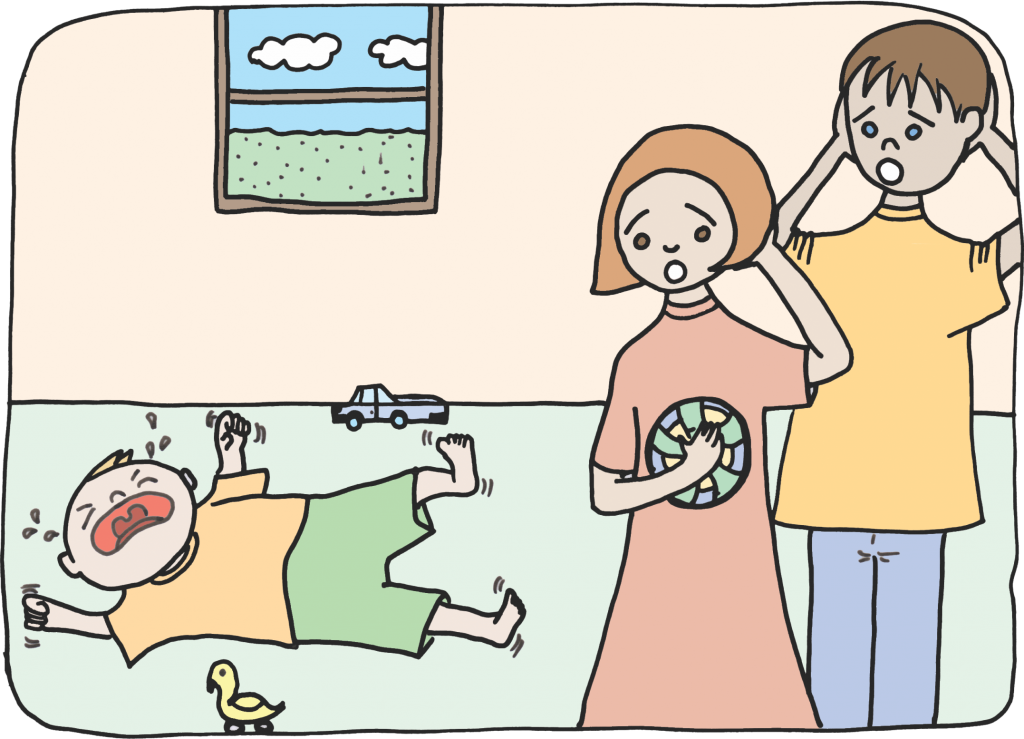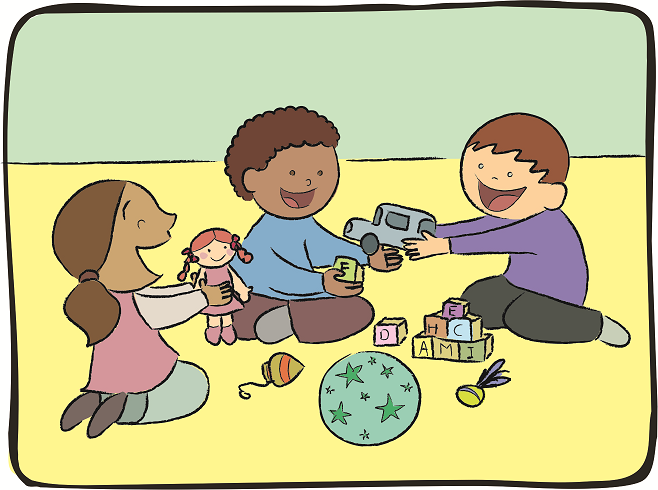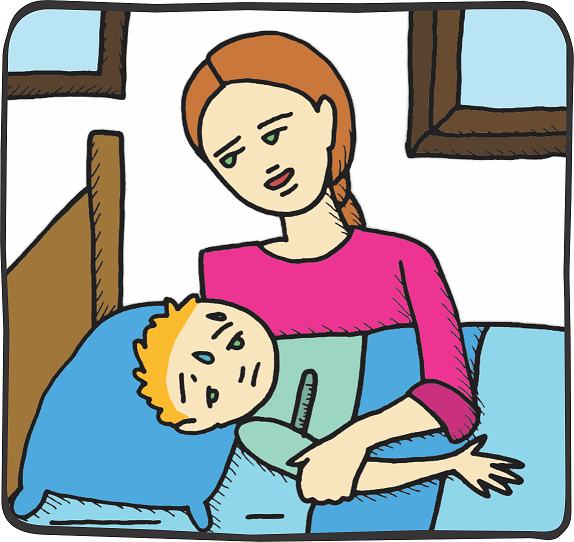
In modern times, especially in big cities, it is work that imposes the rhythm of life and family relations. After a tiring work day, what remains of time and willingness for parents to dedicate themselves to their children, is generally very little. Even so, attention is divided with an opponent to be respected: The technology which attracts children and adults. The cell phone, internet, and social media are more and more present in the life of families full of absences.

Education is work! Children are work!
And “educating is an untransferable mission for those who, biologically or by adoption, have created a maternal or paternal link.” This is what sociologist and journalist Sergio Sinay, author of the book titled “Sociedade dos Filhos Órfãos” [“Orphan Children’s Society”] says in an interview with the Mulher 7 X 7 column of Época magazine, in which he criticizes the outsourcing of children’s education to nannies, schools and new technologies. According to the writer, “to have time for children, you have to leave other things aside.” For the author, parents are assigned the important mission of saying no and establishing limits. “To bring up and educate also means to frustrate, teach that everything is not possible. It is the only way to teach how to choose. And only those who choose can be free,” says Sinay.

Presents replace presence
If, on one hand, parents’ presence in the lives of children is limited by the time dedicated to work or even to other pastimes inherent to the modern world, gifts play a false role in bridging this gap. We see more and more children with many toys, surrounded by technology (tablets, games, smartphones…) and who play very little.
The fear of violence and the lack of safe public spaces are two of the factors that contribute to childhood confinement in homes or condominiums, which reduces interaction with other children, discoveries and even the possibility of solving problems and facing risks. This is what is indicated by the article written by educational expert Adriana Friedmann, “O papel do brincar na cultura contemporânea” [“The Role of Play in Contemporary Culture”]. In the text, available on the Território do Brincar (Playing Territory) project website, the author also identifies a phenomenon she calls “child institutionalization.” It is when the appeal of industrialized toys together with the lack of space and security in large cities “transforms play into a lonelier activity and this results from the appeal to toy consumption.”

Children who get sick
Parents’ absence, the lack of space to play, an absence of rules, an absence of limits, a lack of affection. With so many absences, it is natural for children to get sick. Not in the body but in the soul. When this happens, the consequences are usually reported by schools: Bad behavior, relationship problems, aggressiveness, hyperactivity, learning difficulties.
Alarmed, parents seek medical advice looking for a diagnosis and a solution to the problem. Medication thus becomes an almost magic formula not only capable of relieving the child’s symptoms, but also parents’ guilt.
For pediatrician and psychoanalyst Paulo Schiller, what happens is that many schools try to get rid of troublesome children in the easiest way possible, in other words, by medicalization. “Often the child is taken to the psychoanalyst with the request to repair part of a mechanism that should be working well. As if he/she were a person with a specific defect to be repaired,” he says.
Author of the book titled “A Vertigem da Imortalidade: Segredos, Doenças” [The Vertigo of Immortality: Secrets, Diseases] – Companhia das Letras -, Schiller believes that the diagnosis works as a label carried by the child and that takes parental responsibility away with regard to the cause of the symptoms. “Attention deficit disorder is a fictitious entity that covers up the symptoms caused by the family environment,” he adds.
According to the doctor, who coordinated the Psychology and Psychoanalysis Service of the Department of Pediatric Oncology of the Federal University of São Paulo (UNIFESP) for 12 years, in the United States alone, about six million children and adolescents (8 percent of the 6-to-17-year-old population diagnosed with Attention Deficit Hyperactivity Disorder (ADHD) take medication. With earlier and earlier diagnoses and the medicalization of the problem, “we will more and more have a generation that does not take responsibility for its own malaise,” Paulo Schiller emphasizes.

Professor of the Introduction to Psychoanalysis for Pediatricians course, at the Sedes Sapientiae Institute, Schiller explains that “in psychoanalysis the work includes and involves parents and medication should never be considered.”
In Brazil, it is estimated that 5 percent of children suffer from attention deficit disorder. This is what psychoanalyst Raquel Botelho says. “In the lectures I give at schools in São Paulo about the so-called ADHD from the psychoanalytic point of view, I have already been to classes where 40 percent of the children had been diagnosed and most of them took medication before going to school,” she says.
According to Botelho, although it is the psychiatric disorder most diagnosed in childhood, research has not identified its causes. “There are no lab or image exams showing its existence. The diagnosis is clinical and its existence has been even questioned by psychiatrists. Not even in psychiatry there is consensus about the existence of ADHD,” she alerts.
Nevertheless, the psychoanalyst says that when there is a diagnosis and its cause is attributed to poor brain function (a deficit of neurotransmitters), medication seems to be the only solution. According to her, the consequences are serious: The lack of responsibility of parents, school, teachers and the child itself with respect to the malaise. “There is no room for questions about the cause of suffering, which is reflected in the child’s body because the child himself/herself cannot put his/her feelings into words,” she said.

“Well-being and happiness, a life with the greatest possible number of pleasant moments, certainly desirable, are not products to purchase as consumer goods or the result of simplistic, almost naive solutions – as if there was nothing beyond financial cost – for the sake of immediacy”
Paulo Schiller – pediatrician and psychoanalyst
However, contrary to the promises of medication, there seems to be no magic or immediate solution to children’s problems, as many parents and teachers would like. What it required is hard work and dedication, especially from the family.

Time of changes
To work and still find time to be with the children, be able to enjoy this time, know how to say no, create rules and require children to abide by them, criticize, punish, praise… How does one do all that in the right measure? In our Criança é Vida Afeto e Proteção (Child is Life Affection and Protection) project, a staff of experts in psychology and education prepared a series of tips and guidance, which may help in promoting higher-quality relationships between parents and their children. Read about it in the table below.

